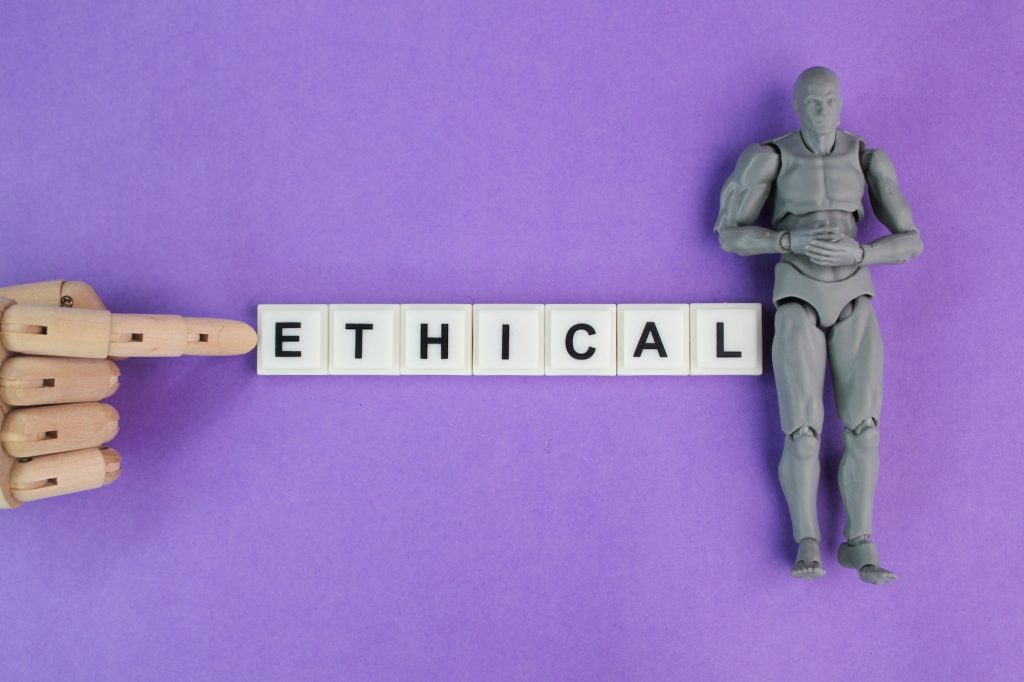
Legal and ethical frameworks play a crucial role in shaping the behavior of individuals and organizations in society. These frameworks provide guidelines for what is considered acceptable and unacceptable conduct, as well as the consequences for violating these standards. Understanding these frameworks is essential for professionals in various fields, including law, business, healthcare, and education.
Legal frameworks are laws and regulations governing behavior within a particular jurisdiction. These laws are created by legislative bodies, such as Congress or state legislatures, and are enforced by government agencies or courts. Legal frameworks establish rights and responsibilities for individuals and organizations, as well as dispute resolution procedures.
Ethical frameworks, on the other hand, are sets of moral principles that guide decision-making and behavior. These principles are based on honesty, integrity, fairness, respect for others, and social responsibility. Ethical frameworks help individuals navigate complex situations where there may not be a clear legal answer.
In many cases, legal and ethical frameworks overlap. For example, laws against fraud or discrimination reflect ethical principles of honesty and fairness. However, there are also situations where something may be legal but unethical (e.g., exploiting a loophole in tax law) or unethical but not illegal (e.g., gossiping about a coworker).
Professionals must navigate these complexities by understanding their field’s legal requirements and ethical considerations. This requires knowledge of relevant laws and regulations and critical thinking skills to evaluate the moral implications of their actions.
One area where legal and ethical frameworks intersect is in healthcare. Healthcare professionals must adhere to strict regulations governing patient privacy (HIPAA) while also upholding ethical principles such as beneficence (acting in the patient’s best interest) and no maleficence (not harm). Balancing these competing demands requires careful consideration of both legal requirements and ethical obligations.
Similarly, educators must comply with laws related to student safety (e.g., Title IX) while promoting academic integrity through ethical practices such as avoiding plagiarism or cheating. Understanding how legal requirements shape educational policies while upholding professional ethics is essential for creating a positive learning environment.
Overview Of National And International Laws And Policies Related To Child Protection.
Child protection is a critical issue that has gained increasing attention in recent years, both at the national and international levels. The protection of children from abuse, neglect, exploitation, and violence is a fundamental human right that is enshrined in various national and international laws and policies.
At the national level, most countries have enacted laws that aim to protect children from harm and ensure their well-being. These laws typically cover a wide range of issues related to child protection, including child abuse and neglect, child labor, child trafficking, and juvenile justice. For example, in the United States, the Child Abuse Prevention and Treatment Act (CAPTA) provides federal funding for programs aimed at preventing child abuse and neglect. Similarly, the Children Act 1989 sets out the legal framework for protecting children from harm in the United Kingdom.
These specific laws are related to child protection, and many countries have also ratified international treaties that address children’s rights. The most important of these treaties is the United Nations Convention on the Rights of the Child (UNCRC), adopted in 1989. The UNCRC sets out a comprehensive set of rights for children under 18, including the right to education, healthcare, protection from violence and exploitation, and participation in decisions that affect them.
To ensure compliance with these national and international laws related to child protection, many countries have established government agencies or departments responsible for overseeing child welfare services. These agencies are typically tasked with investigating reports of abuse or neglect, providing support services to families in need, and advocating for children’s rights.
At the international level, several organizations work to promote child protection on a global scale. One such organization is UNICEF (United Nations Children’s Fund), which works with governments worldwide to improve conditions for children through advocacy efforts and programmatic interventions. Another important organization is ECPAT (End Child Prostitution And Trafficking), which focuses specifically on combating commercial sexual exploitation of children.
Despite these national and international efforts to protect children from harm, significant challenges remain. Many countries lack adequate resources or infrastructure to enforce laws related to child protection effectively. In addition, cultural norms or attitudes towards children may hinder efforts to prevent abuse or neglect.
Child protection is a complex issue requiring coordinated action at national and international levels. By understanding the fundamental laws and policies related to child protection, we can work together toward creating a safer and more secure environment for all children worldwide.
